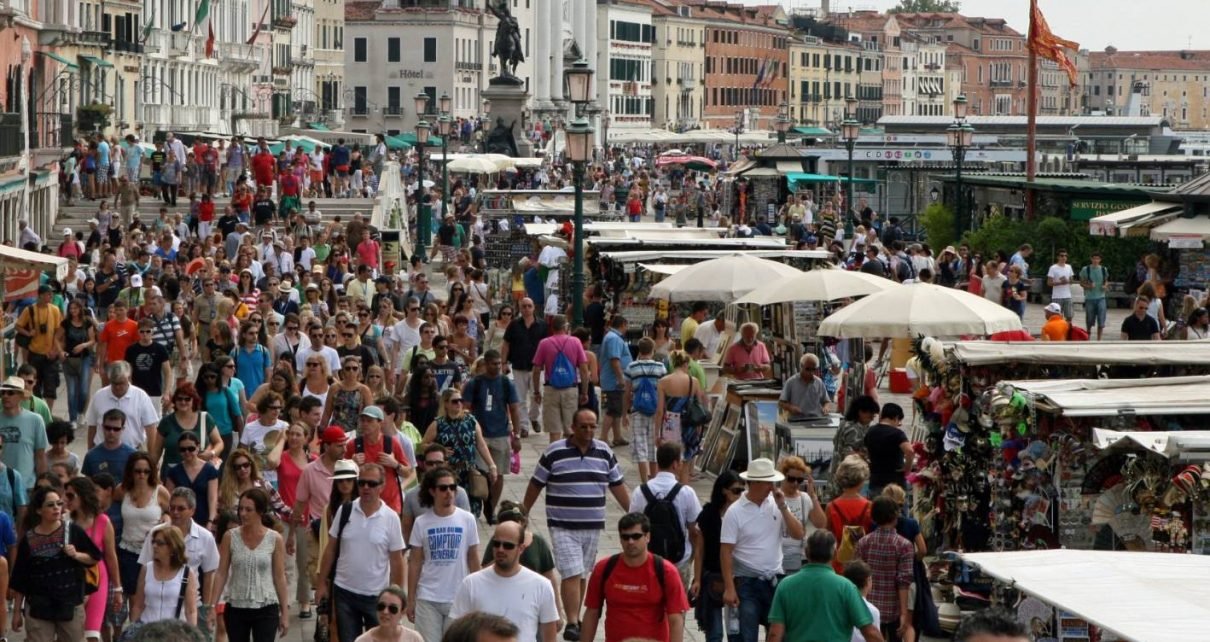By Satyaki Dutta
In the last few decades, travel and associated sectors continue to play as a major role in the economic sectors all over the world. In the field of global economic growth, tourism keeps functioning as one of the key drivers.
IPK International’s World Travel Monitor is the major source of these findings, which is an annual study that with an emphasis on the analysis of the overseas travel patterns in 60 countries, covering over 90 percent of global travel.
Growth in the tourism sector is not region-locked but the uptick in the revenue generation is coming from every zones of the world. This obviously includes the classic strong markets of Europe and the North American continent. However, the strongest raise of gains has come from Asia and Latin America.
Asia is leading the growth percentage race, keeping to the trend as it was the strongest source market region with 7 percent more trips abroad as compared with 2018. The continent is followed closely by Latin America followed with an uptick of 6 percent. North America and Europe continued their steady growth with 5 percent more travel.
In terms of destinations, Asia, as well as Europe, were in the leading positing, with six percent more international travel growth each in the world. North and Latin America were significantly lower with an increase of three percent only. Spain faced some stagnation in 2018, after years of travel boom, which was one of the biggest changes. On the other hand, some tourist destinations were ignored by huge tourists recovers. Among them, Turkey gained the most, with 8.5 million more visitors in 2018 than in 2017.
To discuss the general travel trend, vacation travel in 2018 developed better than business travel. While growth continues to grow for MICE travel segment, traditional business travel trend was low. Globally, both the average travel time and travel expenses increased in 2018. As a result, international tourism achieved global revenue growth of 8 percent in 2018.
IPK International emphasized on the perception and negative impact of over-tourism among international travellers. It already affected the local residents, causing problems in their daily life and they had to resort to protest for years. Now the travellers themselves are facing problems. According to IPK’s recent polls, more than one in ten travellers worldwide is affected by Over-tourism. This is an increase of 30 percent in the year.
Around 38 percent of global foreign travellers stated that political instability and the danger of terrorism will influence their travel planning for 2019. Travelers from Asia feel more affected by terrorist attacks than travellers from other continents. The vast majority tend to choose only travel destinations considered ‘safe.’
The security profiles of the destinations that have improved slightly in 2018 like Turkey, Israel and Egypt are facing raise in tourist influx, while New Zealand is facing trouble after the recent mosque attack in recent times.
In view of the weakening global economy, a slightly lower growth rate is probable for 2019, especially in international travel. One of the major travel destinations, India has its schedules election in the middle of 2019, which will affect the total traveller numbers. However, there are number of adventure-seekers who are coming to India to see the election in the ‘largest democracy’ in the world, seems to be a new travel trend.
Over-tourism could also pose as a threat to the tourism industry. With the growth of online tourism portals, the famous sightseeing points and UNESCO world heritage sites are often being invaded by an over-enthusiastic crowd and the international travellers are affected by these overcrowded destinations. Taking all these points into account, the expectation of growth in international travel for 2019 is slightly below if compared to 2018.
The global economy is projected to grow at 3.5 percent in 2019 and 3.6 percent in 2020. In comparison to that, according to IPK International, global travel abroad may increase by 4 percent in 2019 with the Asia-Pacific region as the leader with an expected growth of six percent.
The growth rate in both the American continents is expected to reach 5 percent, while Europe has the weakest forecast with 3 percent expected growth rate only. Hence, tourism sector is anticipated to go ahead than global economic growth in the forthcoming years.


